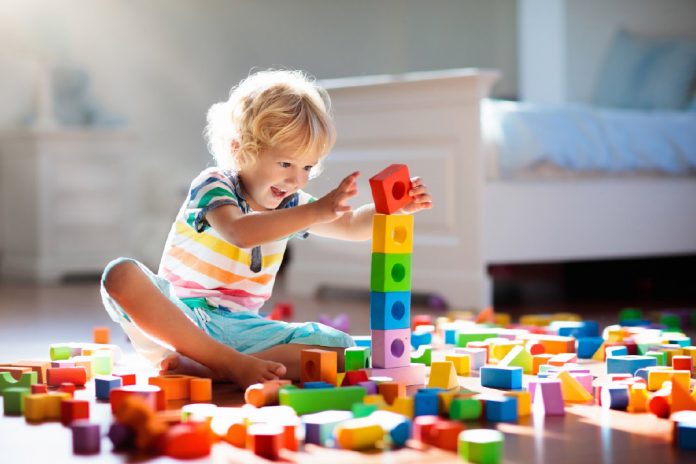Although there has been a big push toward academics for young children in recent years, research continues to show that play is really the engine for learning among our little ones. Our parenting columnist, Ouiam El Hassani, tells us how to make playtime more beneficial.
It may look frivolous to us, but play really helps our kids learn valuable lessons, test out roles and figure out their place in the world. As a parent, you can foster playtime in ways that can make it even more beneficial for your children’s developing brains and social skills.
Here are a few steps to making the most of it:
Use spatial language
Remember the last time you tried to assemble some IKEA furniture? That is a test of your spatial skills. If you want your kids to develop better spatial skills, play is a perfect way to start. Building blocks, construction sets and magnetic tiles are classic toys that still work best for developing spatial skills.
The key, however, is guidance from adults. Using words like ‘over’, ‘under’ and ‘next to’ will help your kids pick up on directionality and spatial understanding.
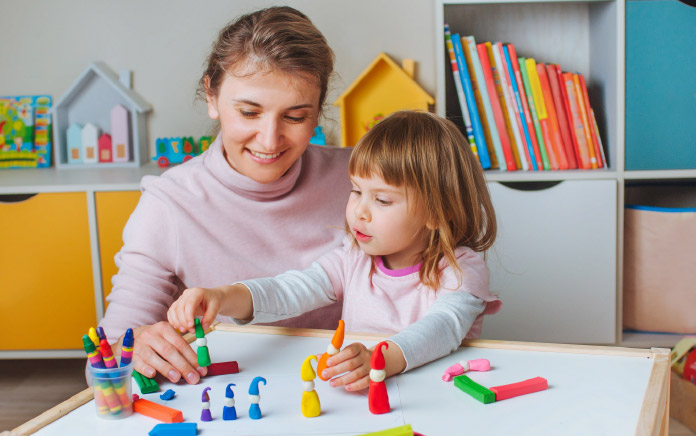 Let them (and their imaginations) take the lead
Let them (and their imaginations) take the lead
Yes, we are the parents and we technically know more than our kids, but when it comes to play, they are the experts. Besides providing boundaries to ensure safety, we should try to allow their imaginations lead their play in the direction that they want it to go in.
For parents that can be a challenge—we think we need to make it more fun or educational, but kids generally have an idea of the type of play that interests them the most. In fact, research backs this up, too. Studies indicate that children whose parents follow their lead and pace in playtime developed better cognitive skills, such as mental flexibility and controlling impulses.
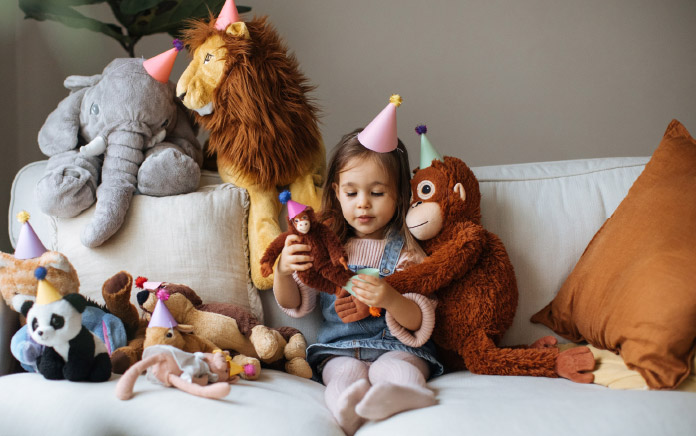 Stick with the basics
Stick with the basics
In our age of technology, classic toys like blocks, dolls, tools and books may seem old fashioned. There are no electronics, beeps, lights or touch screens. For kids, however, classic toys are like brain food. These toys are classic for a reason—they are open-ended.
This means that kids have to use their brain power and imagination to create new ways of playing with these toys each time they use them. Beeps and lights are fun, but if that is all a toy can do, the novelty will wear off quickly. Classic toys have longevity and brain-building power because they can be made into anything.
There are real language-learning differences too. Although research is new in this area, early studies show that infants vocalise less when playing with electronic toys compared to classic toys or books. Relatedly, adults tend to talk to infants less while they are playing with electronic toys, rather than classic toys. This is important, of course, because the number of words children hear is related directly to their language development.
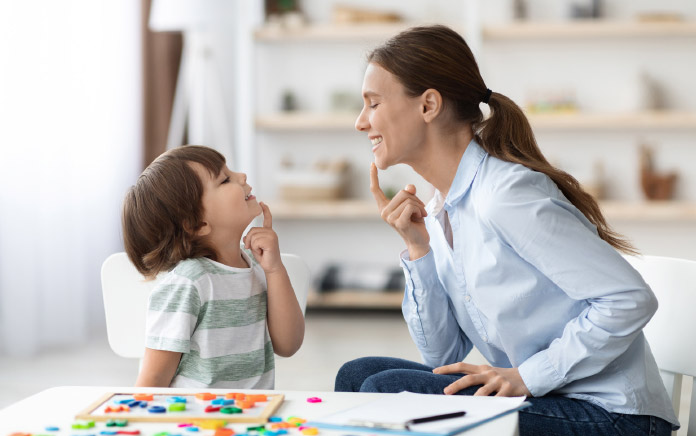 Don’t be afraid to label and repeat
Don’t be afraid to label and repeat
If you are a parent to a toddler, you know that repetition is a big part of your life. Your child probably wants to hear the same story every day, play with the same toy and maybe even wear the same shirt. They really aren’t just trying to annoy you. Underneath all the repetition is a brain hard at work figuring out the world.
Research tells us that the same repetition in language development works, too. Kids whose parents use more words and repeat words tend to learn more language by the age of two than children of parents who do not.
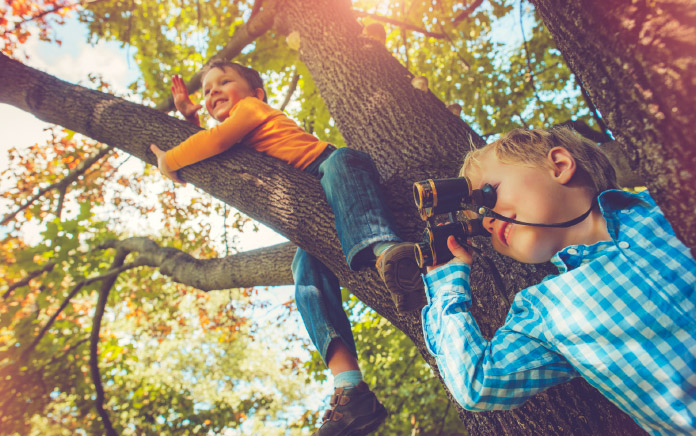 Let the outdoors be their playmate
Let the outdoors be their playmate
Most of us know that kids enjoy the outdoors, but kids also physiologically need the outdoors. The benefits for both brain and body are endless. In the outdoors, kids practice their gross motor skills, their eyes adjust to differing dimensions and their brains come alive with questions and insights about textures, water and light.
Playing with your kids doesn’t have to be pre-planned or Pinterest-worthy. With a little guidance, even the simplest playtime can help them learn and bond with you.
To keep up with Ouiam, follow @healthandhomeschool.bh on Instagram.

























